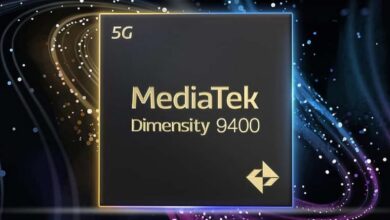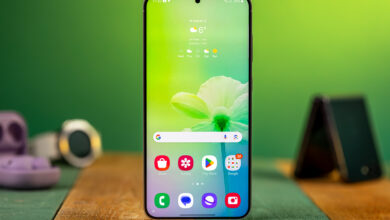
Just as smartphone hardware and processing power matured, tech giants found a new way to entice users to upgrade their devices: artificial intelligence. A title that in just two years since the launch of the ChatGPT chatbot has caused such a fever in the technology world that it has forced even the most conservative companies such as Apple to join the competition.
Apple is known for its stubbornness and inflexibility against new trends in the world of technology. Among these stubbornness, we can mention the unveiling of the iPhone 16 with a 60 Hz screen; While many low-end products of Chinese competitors are equipped with screens with a refresh rate of 120 Hz. After feeling left behind by artificial intelligence, the Cupertinos got to work and are preparing to release an improved version of Siri and Apple’s artificial intelligence in the form of iOS 18 updates to their users by the end of this year.
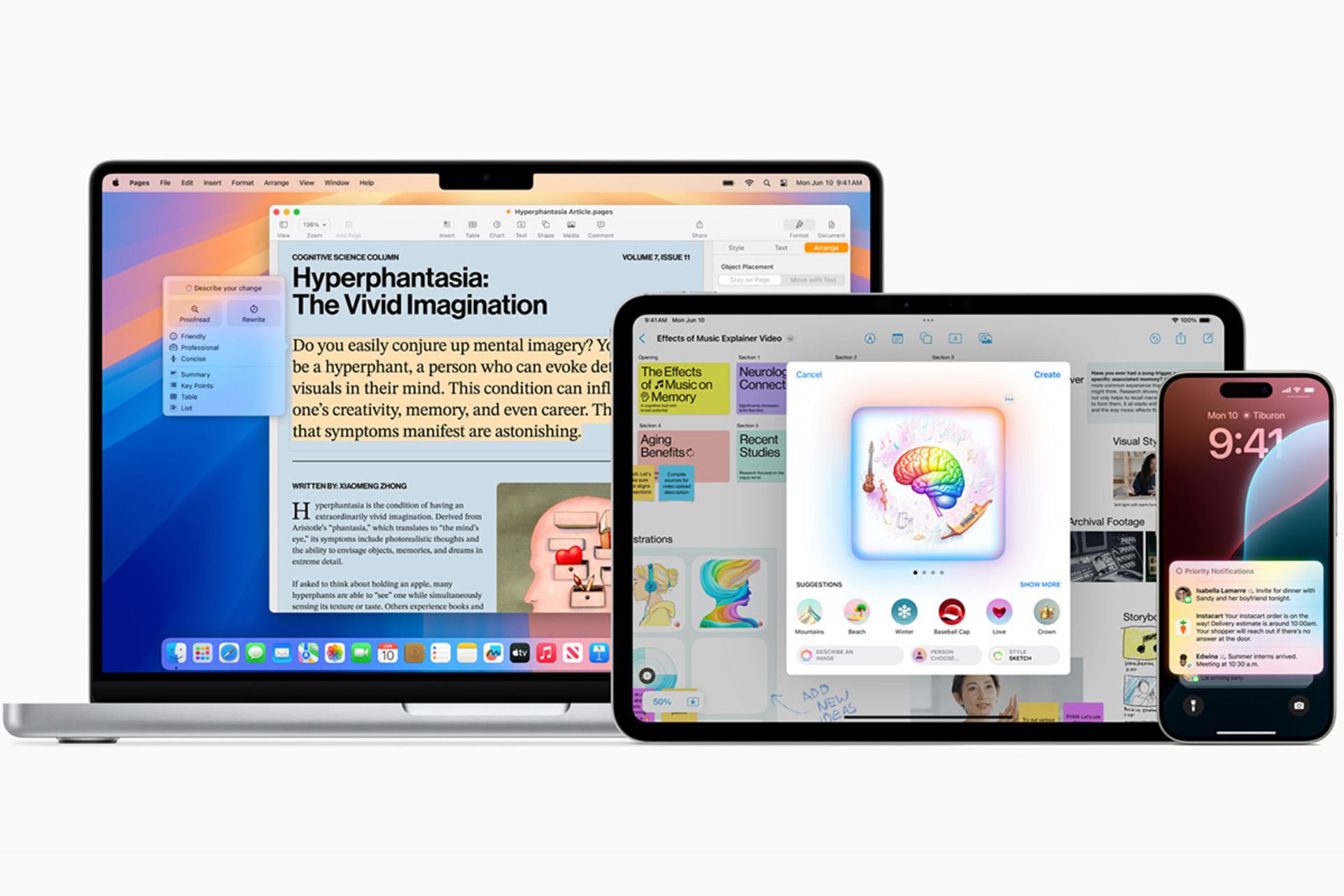
On the other side of the field is Google, which has been pressuring Android product manufacturers since last year to make room for Jamnai language models in their devices and to give them a role in various matters from image editing to simultaneous translation. While Apple Intelligence and Jamnai may look similar on paper, in reality there isn’t much in common.
Despite being conservative in adopting new technologies, Apple was able to develop its special artificial intelligence at a relatively good speed. Considering the shorter time that Cupertino residents have spent on building their artificial intelligence, it is not bad to examine the difference between Apple Intelligence and Google Jamnai and why this competition is important.
Competition overview
The biggest difference between Apple Intelligence and Gemini is that Apple’s AI does not have a specific application. Instead, it includes a wide range of features found on the iPhone, iPad, and Mac. In other words, Apple has integrated its artificial intelligence as invisible as possible into the heart of its operating systems; In such a way that you may not even notice its existence in other cases except when using Siri.
Apple’s artificial intelligence is as invisible as possible and integrated into the heart of the operating system
Jamnai, on the other hand, started life as a chatbot to compete with ChatGPT and replace Google Assistant. Jamna’s capabilities go beyond chat and can provide features such as text summarization and translation in different ways depending on your smartphone model.
For example, despite the advertisements of Samsung and Google about equipping their phones with Jamna Nano, this artificial intelligence in Samsung phones, in addition to the different name of Galaxy AI, offers the user different capabilities than what is seen in Google’s Pixel phones. In fact, Jumnai’s features vary from device to device, while Apple Intelligence features are offered only for Apple products and are the same and consistent throughout the ecosystem.
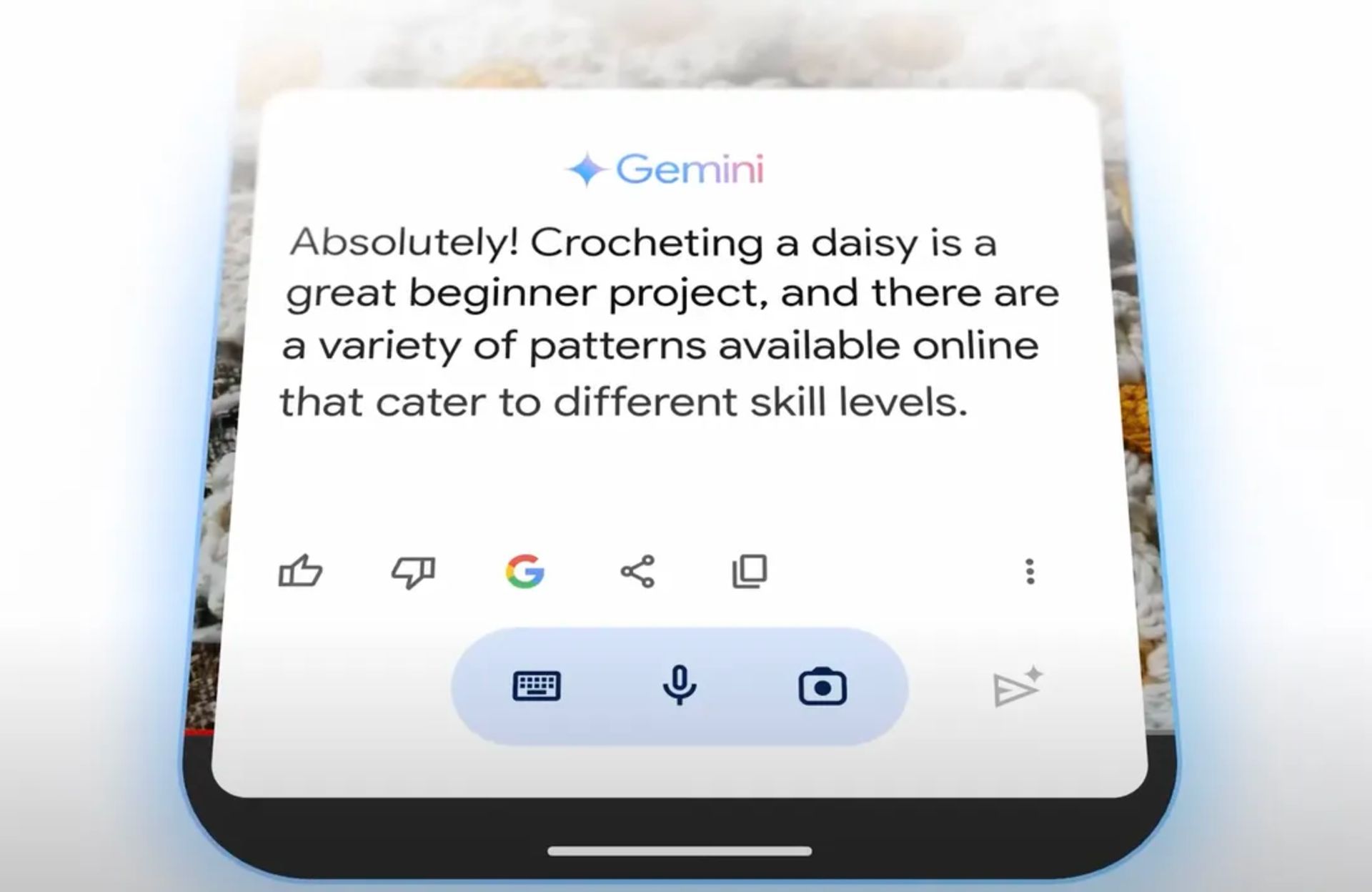
When Apple Intelligence was introduced, the Cupertino native made big claims about its commitment to user privacy. They announced that all cloud-based artificial intelligence processing is done exclusively on Apple’s dedicated server using proprietary hardware. More importantly, the interactions between the user and the AI are for no one but the user themselves [حتی اپل] It will not be visible.
Despite these promises, the Apple Intelligence platform is not so closed and protected; Because the Cupertinos have announced that they will integrate Siri with ChatGPT to improve the way they search and execute complex user requests. Some rumors say that Apple may ask Jumnai to answer some of the user’s questions in addition to JPT chat. Apple’s willingness to use artificial intelligence made by other companies represents a significant change in the approach of this technology giant.
This behavior is very unexpected from Apple, which has always preferred to strictly control its ecosystem. The reason for this is probably due to the fear of the people of Cupertino about the wrong answers of artificial intelligence to the user’s questions. Apple prefers to check the answers to some complex questions with two different artificial intelligences to minimize the possibility of error.
Are Apple Intelligence and Jumnai free?
Both platforms are free, but Google also offers an optional paid subscription called Gemini Advanced, which provides higher-quality answers to questions thanks to a larger language model. Apple, unlike Google, does not directly charge the user to use its artificial intelligence, but you can bring the paid features of this service, such as access to the latest version of GPT-4o, to your iPhone by purchasing a ChatGPT Plus subscription.
Comparison of capabilities
Apple Intelligence and Jamnai are both equipped with many artificial intelligence features, but they differ in terms of implementation and access, some of which are mentioned below:
Siri can be instructed to send a photo of a specific location to a contact without opening the gallery or IMMessage.
Assistant: Thanks to the power of large language models, Siri and Jamnai can act as powerful digital assistants and answer any question you can think of. From what we’ve seen in Apple’s ads, the new Siri can use apps much better than before. For example, you can ask Siri to send photos taken from a specific location to your contact without opening the Gallery app or iMessage. Apparently, Jumnai is still unable to cope with such tasks.
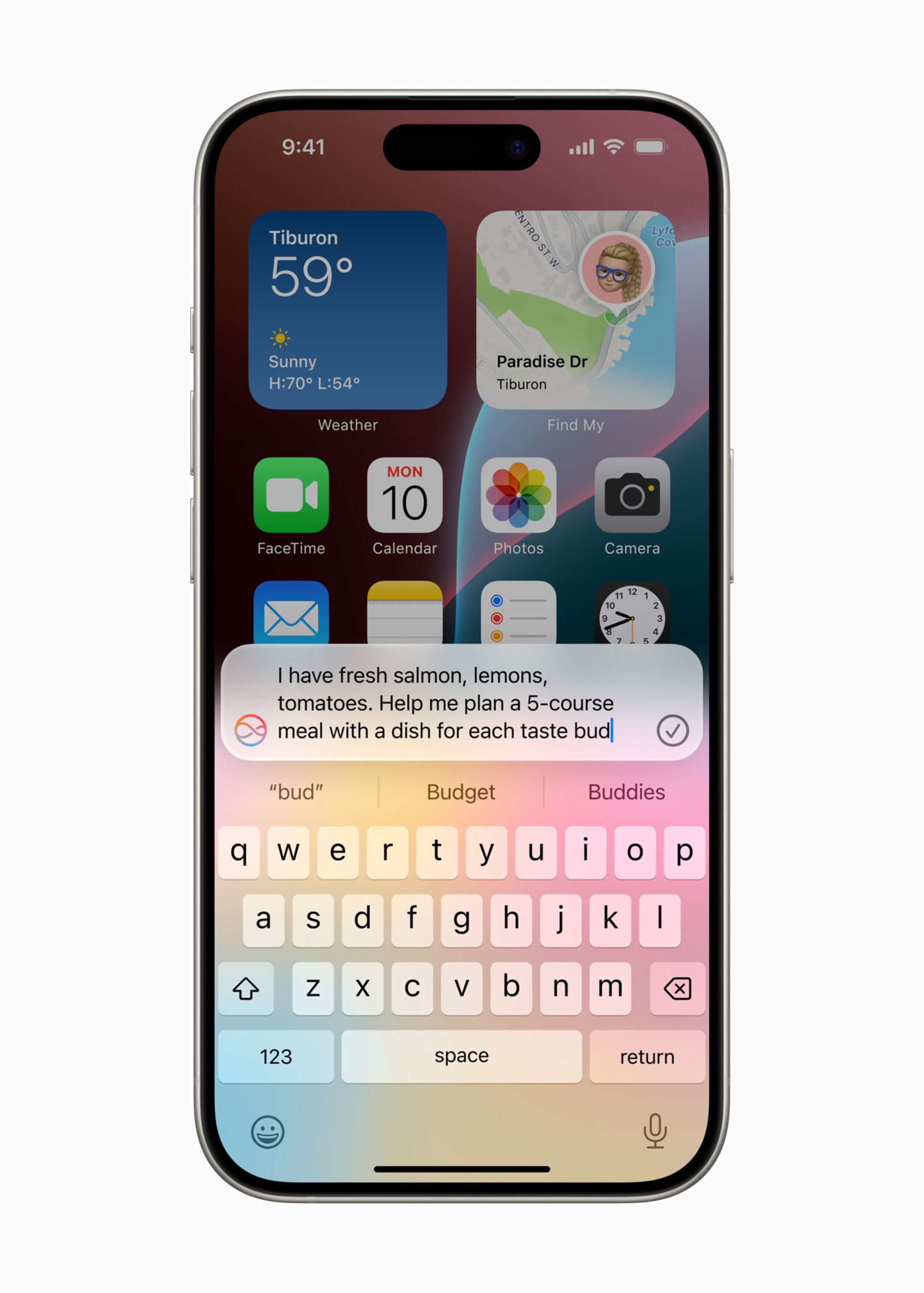
Reading the currently displayed content: Apple Intelligence can read the content displayed on the user’s iPhone screen before responding to information and even access texts, reminders and other data in the background; But when using Jamnai, you have to manually tap “Add this screen” each time to allow the AI to read the screen.
Edit images: For image-related processing, Google uses Imagen 2 instead of Jamna, which is incredibly powerful. Thanks to artificial intelligence, you can now remove objects and change the color of the sky with the Magic Editor in Google Photos. Samsung also uses the same artificial intelligence model to edit photos in its new phones. The residents of Cupertino also bring the ability to remove objects from images to the Photos program with Apple Intelligence, but they have not yet been able to provide features as good as Google’s Magic Editor.
Artificial intelligence image generator: Image Playground is a new Apple app that can create custom images and emojis for you based on your contacts’ images or text descriptions, using artificial intelligence. These images can be easily sent in various messengers and chat programs. Jamnai can also generate images for you using artificial intelligence, but the only way to command it is by typing for now.
Email and Productivity: Although you can now find Gemini in many Google apps, unfortunately most of its cool features are paid and you have to buy a Gemini Advanced subscription to use them. For example, the “help writing text” option in Gmail and Google Docs does not appear before purchasing a paid subscription. On the other side of the field, Apple with the Mail application summarizes your emails with the help of an artificial intelligence model that is mounted on the device itself. Cupertino residents have also provided a feature called Smart Answers, which based on your received email, after asking questions related to it, will suggest you a suitable answer.
Writing tools: Apple is ahead of Google in this regard, as you can now select any text anywhere in iOS and have AI instantly help you proofread, summarize or translate it. Galaxy AI also offers similar tools to the user through the integration of Jamna Nano in Samsung’s dedicated keyboard, but it is clear from the name of this feature that it is only exclusive to Samsung’s own phones and is not found in any other Android phone, not even Google’s Pixels.
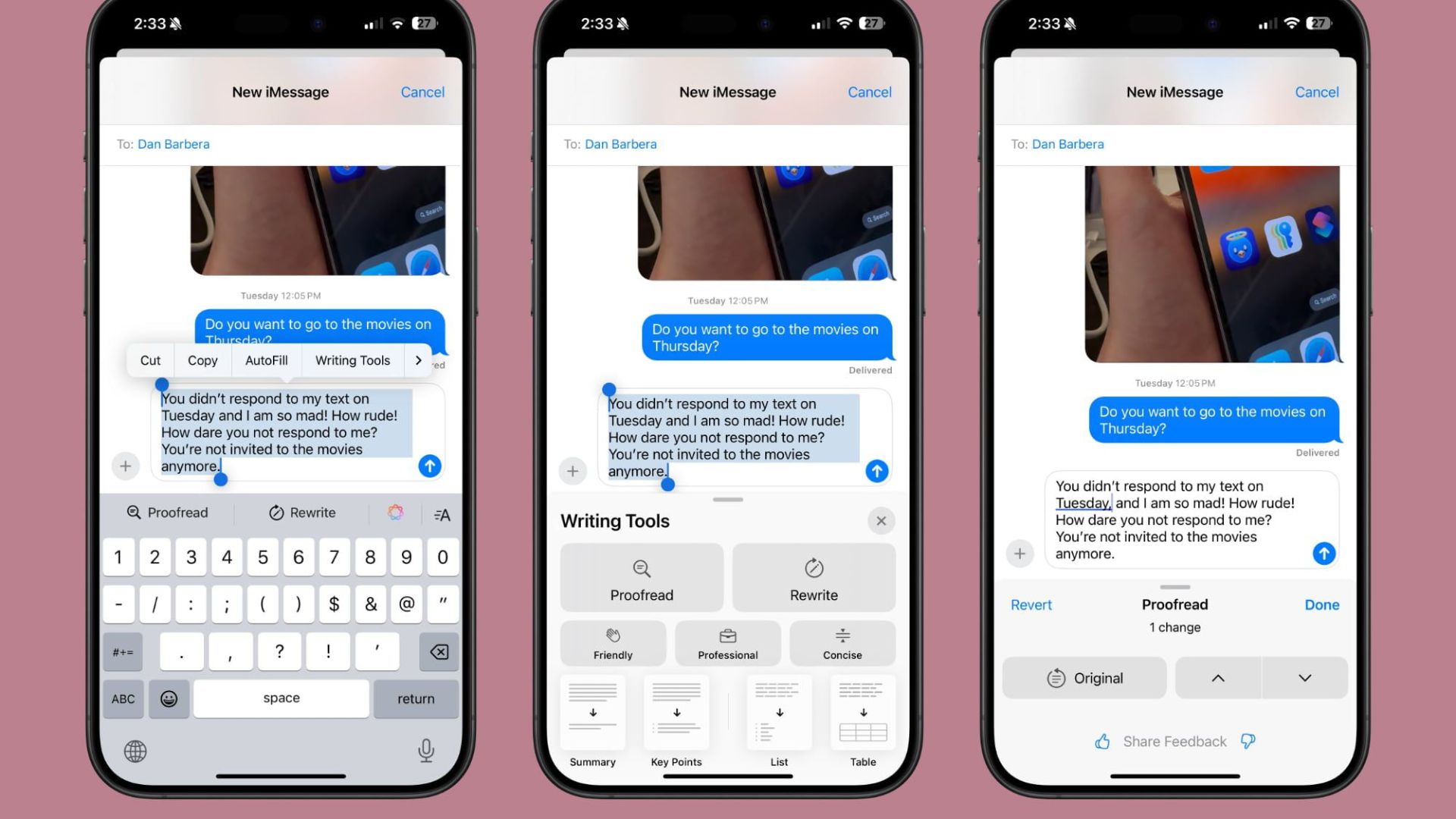
Macrumors.com
Supported devices and delivery schedule
Because many of Apple’s Intelligence features depend on a large on-device language model, it was expected that Apple would only provide it for its relatively new devices; But this technology giant went beyond even the most pessimistic expectations and deprived all iPhones of previous years except the iPhone 15 Pro series of this feature due to the weakness of the hardware. Therefore, the iPhone 15 and the iPhone 14 Pro series will not benefit from Apple’s artificial intelligence in the slightest; Even those capabilities that do not need to be processed on the device and rely entirely on cloud processing.
Apple has deprived all iPhones of the previous generation except the iPhone 15 Pro from its artificial intelligence
On the other hand, Google has done a commendable job of bringing Jumnai to as many Android devices as possible. For example, Jamnai chatbot runs on any Android smartphone, and even Jamnai Nano is available on many phones like the Pixel 8a, while Apple Intelligence won’t be available for the majority of users.
Apple has been more generous with the Mac, offering AI features for all Macs equipped with M-series chips. Thus, the oldest Macs that are subject to this update are the MacBook Air 2020 and the MacBook Pro 2020, both of which use the M1 chip. In contrast, Google offers only a few limited features in ChromeOS, which are only available on newer devices called Chromebook Plus. Of course, Jamna’s chatbot does not have such restrictions and can be accessed through a web browser on any computer.
Accessibility is a downside for Apple Intelligence, as the feature won’t be available in the UK, EU and China until 2024. To use Apple’s artificial intelligence, you must set your device’s language to US English. These restrictions will gradually be reduced by the end of next year, but Jumnai is already far ahead of Apple Intelligence; Because it supports many languages and regions. Even Jamna Live feature, in which artificial intelligence speaks to the user with a completely natural voice, is able to speak Persian; However, currently it does not understand the user’s Farsi speech.
Adding AI to anything is risky. This technology is very prone to delusions and generating false information, and it can easily destroy the reputation of a big brand for several years.
To confirm this, it is enough to look at Google, which faced strong negative reactions after presenting the AI Overviews feature, because the artificial intelligence in question was providing false information to users with high confidence! The tech giant quickly backtracked and disabled the feature in question.
Another risk of this technology is the high probability of violating users’ privacy. No one wants to share their sensitive and private data to train AI. In this way, some companies may take some not so pleasant measures to use user data.





